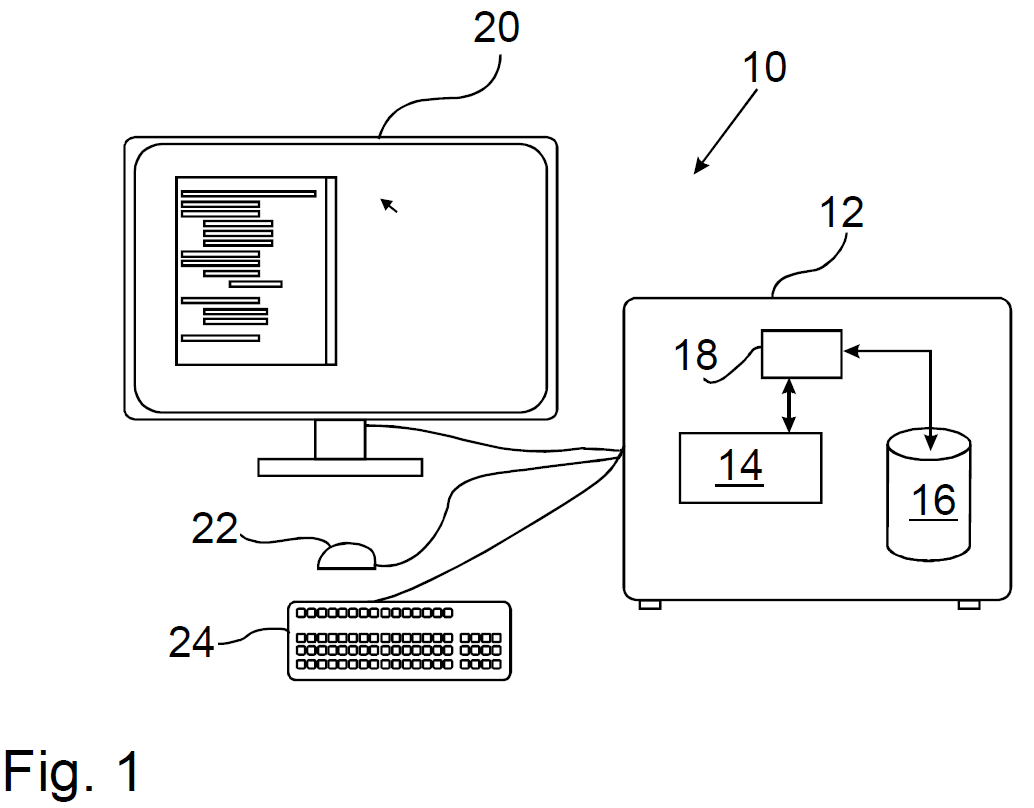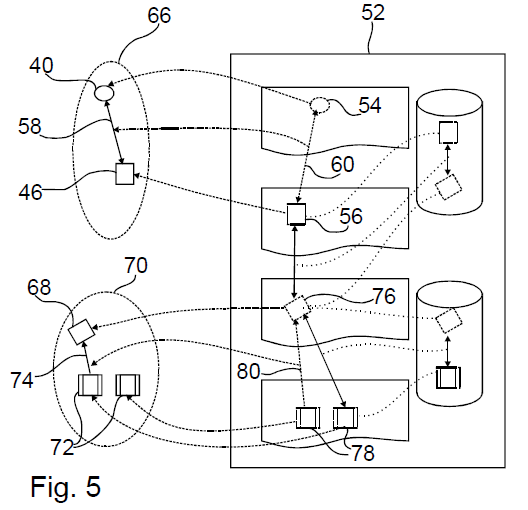We are happy to announce that the World Intellectual Property Organization has officially published our patent application „Tracing Dependencies between Development Artifacts in a Development Project”. As YAKINDU Traceabilty is patent pending this is a great milestone on our way. If you've never heard of the tool check our blogpost. It's a professional tool that enables easy and well-arranged traceability management.
For those of you who never have been involved in a software patent application: This is quite an experience to remember. As foundation, you have to explain "the whole world" and in second place only what your invention is and how it fits into the world.
So, as YAKINDU Traceability is meant to be run on computer systems with human users, “the world” in our case means we had to explain such computer systems. Therefore, figure 1 of our application provides a very abstract view on YAKINDU Traceability:

Among other things, the detailed explanation of this figure describes that “during execution of the software, data stored in volatile memory 14 or non-volatile memory 16 is accessed and processed.”
On the other hand, the application’s arc of suspense dives into details real fast which results in way more abstract figures requiring even more detailed explanations; e.g. “Fig. 5 [shows a] diagram of development artifacts and traceability links stored in artifact storage and surrogates, traceability links and representations of traceability links stored in a traceability management storage;”

The detailed explanation in the application covers more than one page of paper and – due to the fact that figures must be black-and-white – is a little brain-twister. For those of you who like puzzles here's the accompanying explanation in a shortened version:
"Fig. 5 shows an example of two different types of original artifacts 40, 46 stored in a common storage location 66 maintained by a first development tool ...
This may be used, as shown in fig. 5, to provide an aggregated view of traceability information between surrogates 54, 56, 76, 78 for a large number of different original artifacts 40, 46, 68, 72 of different types without distinction of the development tools that maintain the artifacts. Thus, traceability information or other types of relationship information existing in different software development tools may be re-used. However, instead of the limited scope of information maintained in only one of several software development tools used in the software development project, the traceability management system 10 offers the possibility of end-to-end analysis of traceability and relationship information maintained by different tools. Thus, also distributed work on traceability data is enabled."
As you can see: In a software patent application you have to describe every single detail of your work. And while that can be quite complicated, it's also a great opportunity to describe the benefits of your tool or product for future users.
For more details, check out the international patent application no. PCT/EP2016/065041 of the International Bureau of World Intellectual Property Organization.


Comments